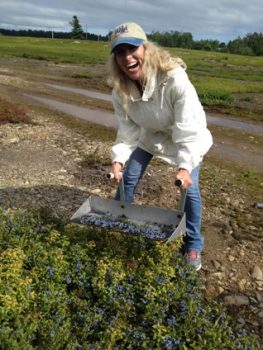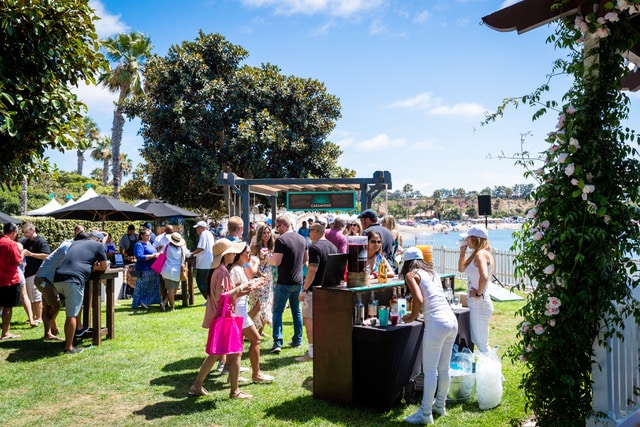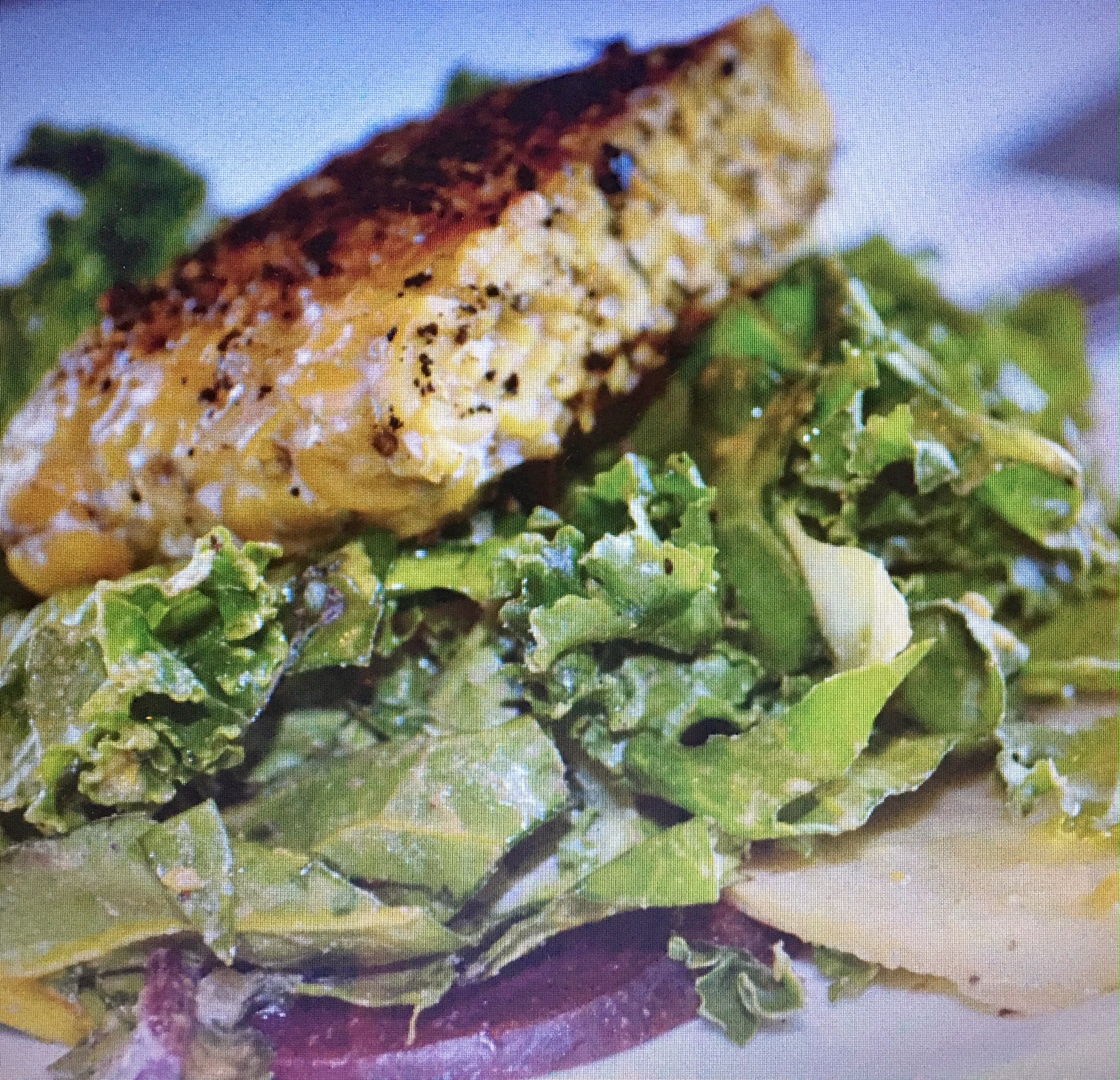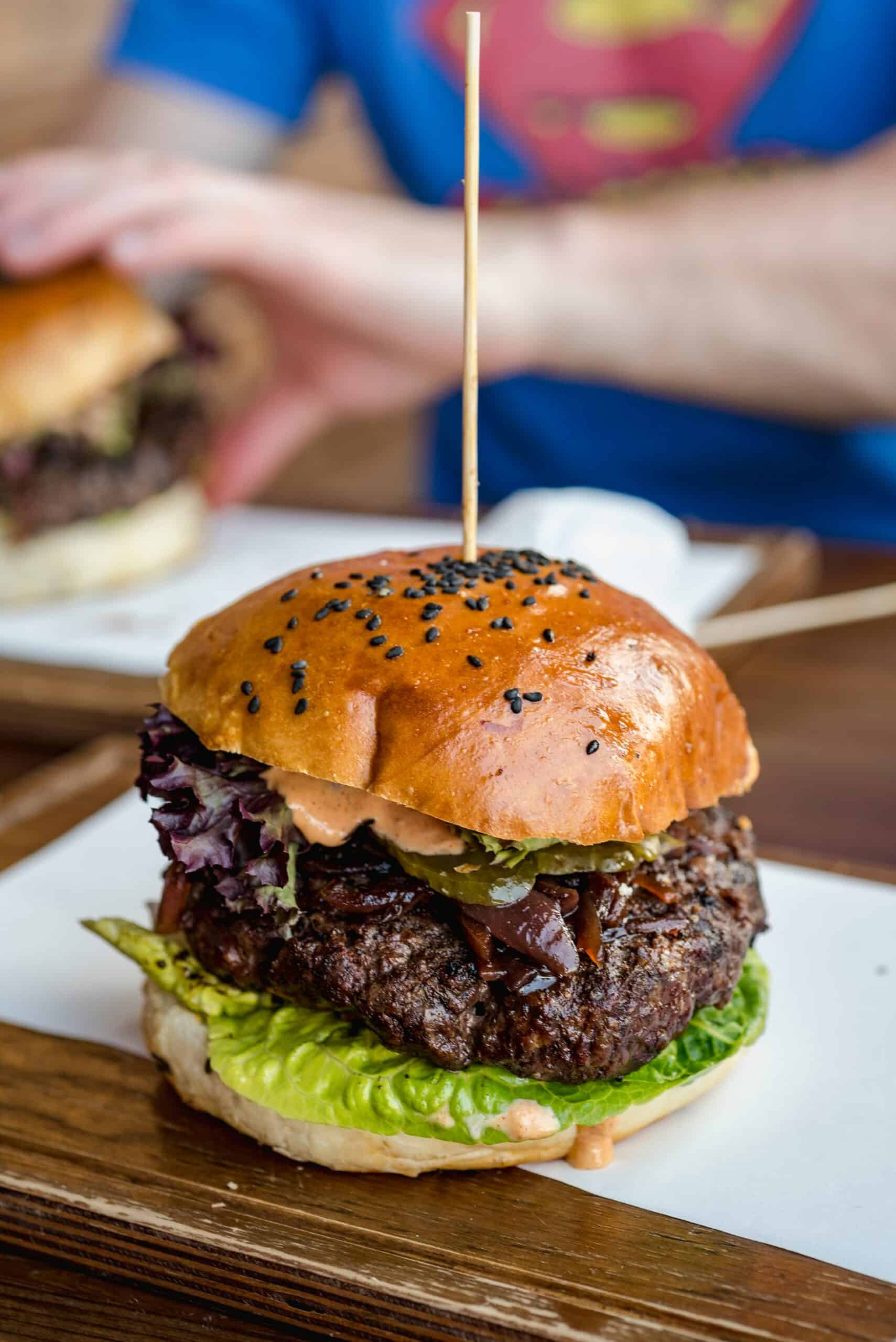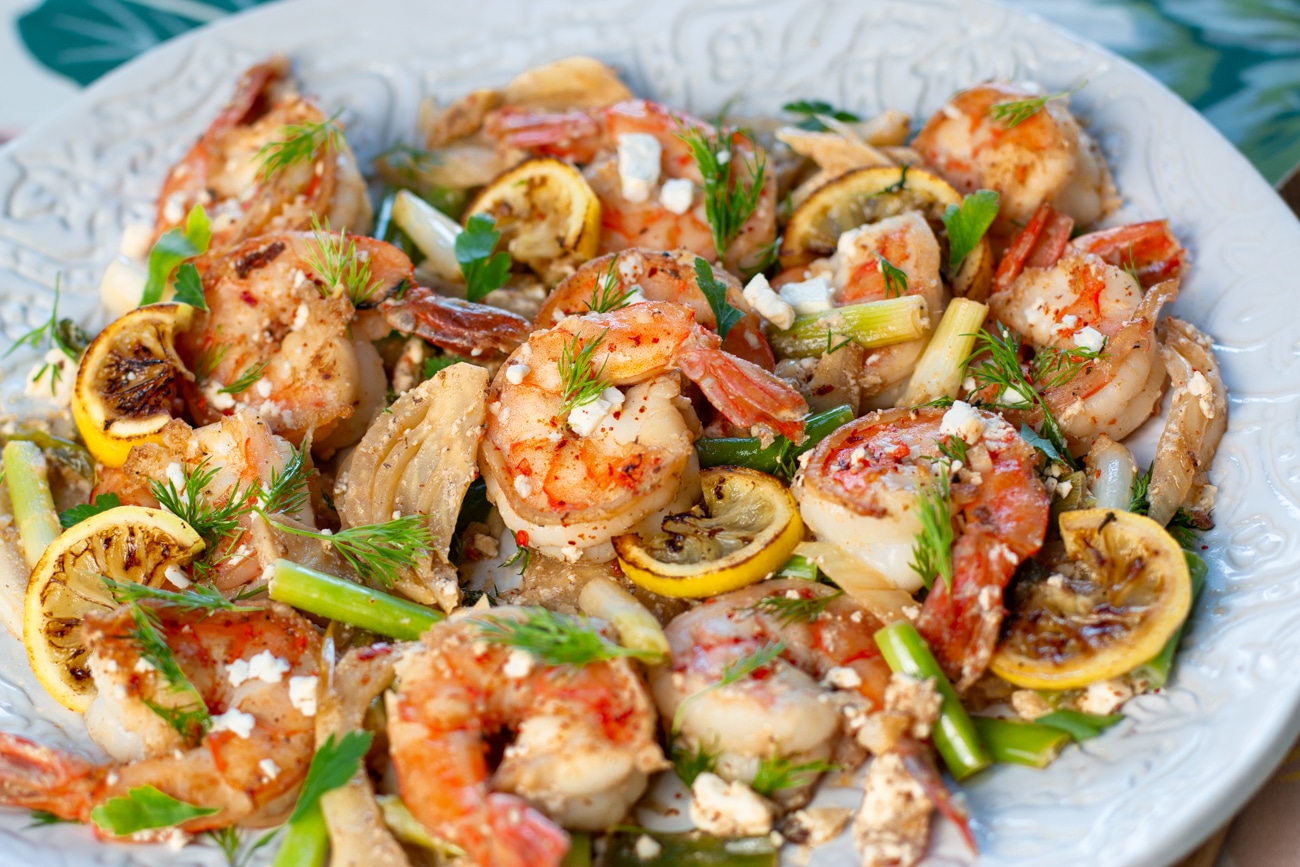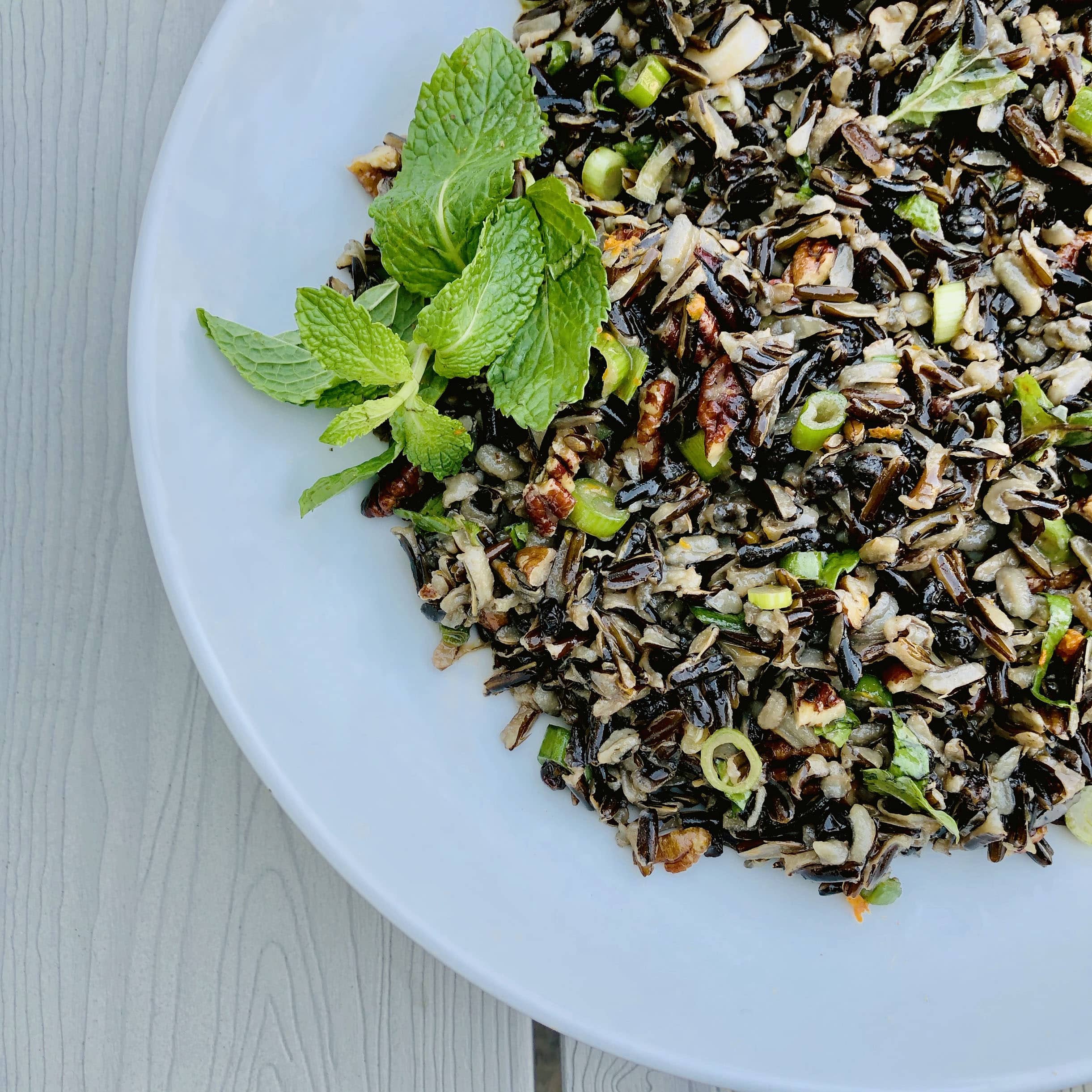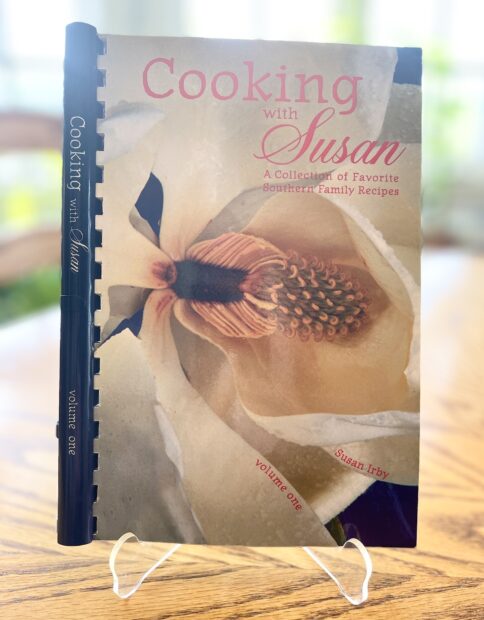GMO Free Foods : Wild Blueberries
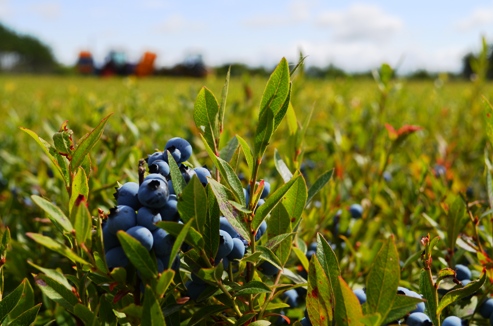
The topic of GMO’s has been ramping up in the news, in supermarket aisles, and over breakfast tables lately. And it seems to have reached a fevered pitch. Food giant General Mills recently put “Not made with genetically modified ingredients” on its box of Cheerios. And on May 1, Agriculture Secretary Tom Vilsack announced in a letter to his staff that the agency is developing a verification program for food products containing genetically modified ingredients.
No GMOs in Cheerios
As the national discussion about GMO’s rages on, I started to think seriously about the foods on my plate. Which ones are GMO’s, which are not? To be honest, I must confess I had no clue. But I did start to wonder about my favorite healthy fruit the Wild Blueberry.
Do Wild Blueberries Contain GMO’s?
When I’m pondering anything to do with Wild Blueberries, I always reach out to my friend Dr. David Yarborough at the University of Maine.
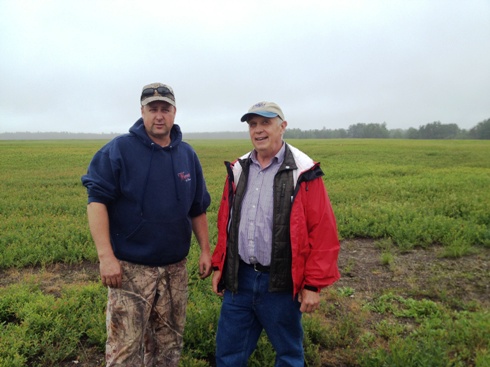
“We have no GMO’s,” he said. “We are WILD!”
Wild Blueberries on Rake
Even more confirmation came in a recent interview with the state’s honeybee expert, Dr. Frank Drummond. “The reason why we call the blueberries ‘wild’ is because the plant itself has not been modified either through genetic modification or through classic breeding,” he told me. In other words, there has not been any plant improvement, he said, explaining that every plant in a Wild Blueberry field is what was found there or what was spread by birds and bears.
“There is no modification of the plants,” he emphasized. “In fact, Wild Blueberries are one of the few plants in the world about which you could say this.” This last statement really got my attention: One of the few plants in the world that have not been modified by man?
Yes, any other crop – say cultivated cranberries, corn, or apples — you walk through a field of these and pretty much all of them have high yields and uniform fields. “These plants have been selected to be superior yielders,” says Drummond.
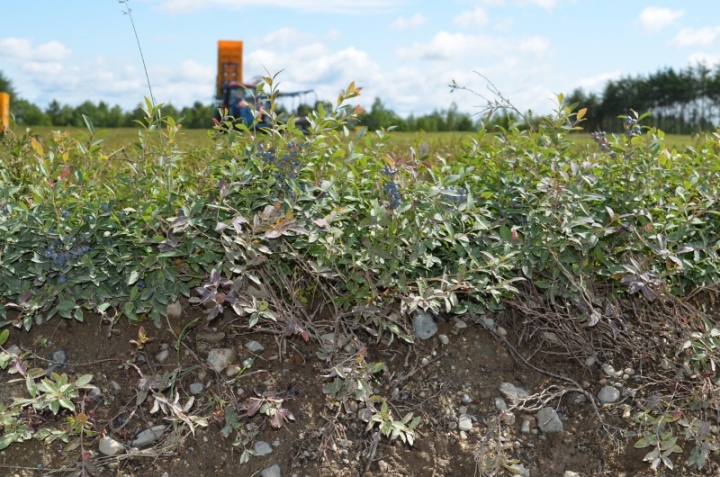
But in a field of Wild Blueberries the natural genetic diversity really shines, especially if you visit right before the harvest. “Some patches are completely blue because they have so many berries, while others might be right next to them and are really sparse,” explains Drummond. “This illustrates that the field is actually a patchwork of genetically diverse plants, and this is how nature intended it,” he said.
Handraking
No GMOS = fewer pests
Another amazing benefit of genetic diversity is that it makes it difficult for pests to explode in the crop, he explains. In crops that are grown as monocultures, there is much less diversity, and farmers might be forced to apply several treatments of pesticides to kill off pests. In a Wild Blueberry field, the genetic diversity provides a buffering and natural protection from pests.
“I hope they never develop a way to modify Wild Blueberries,” says Drummond. “Right now you can not propagate and plant it very well and that is one of the things that makes these berries so special.”
Before wrapping up this little inquiry into GMO’s. I had to make a call to Dr. Delmont Emerson. Del and his wife Marie Emerson live on a Wild Blueberry Barren in Addison, Maine, and famously built the Down East landmark Wild Blueberry Land. Del was born in 1935 in the middle of Wild Blueberry Country. He’s an avid outdoorsman who has spent his life flying fishing along the streams that cut across the Wild Blueberry lands. Anyone who works in the Wild Blueberry industry knows Del Emerson. He ran Blueberry Hill, the University of Maine’s research farm for Wild Blueberries, and, simply put, he is a legend.
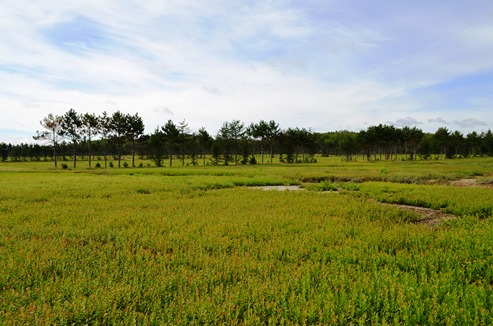
When I reached Del on the phone, I felt like I had landed in another time. We talked for over an hour and the conversation had the slow pace that you get when talking to a Mainer. There was no rush to end the conversation; it just flowed naturally like a brook.
Delmont told me that the intensity of the Wild Blueberry flavor is another attribute that comes with lack of genetic modification and the natural diversity of the Wild Blueberry Barrens. “Wild Blueberries have an intensity of flavor, that can’t be found with other blueberries,” he said.
Del explained that we don’t know how many varieties of Wild Blueberries there are in the Barrens because the bees keep crossing them and creating new varieties. “That’s the beauty of it,” said Del. “In nature only the strongest survive, and this is true in the Wild Blueberry Barrens too – these are just an amazing fruit. There is no fruit like it.”
Del’s life on the barrens has taught him something about longevity. “Think of it,” he said, “the Wild Blueberries have been growing here for thousands and thousands of years. They have survived forest fires, drought, pollution, neglect, and they just keep on growing. These are true native plants that will survive long after we are gone.”
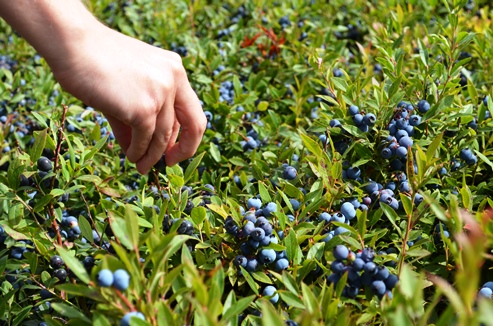
After these three insightful conversations, I admit I am still no expert on GMO’s, but I am an even bigger devotee of the humble little Wild Blueberry.

Betta Stothart
About the Author
Betta Stothart is a writer and book editor who arrived in Maine as a raft guide, made her way into the newspaper world, found and married a Mainer and eventually became a mom. She enjoys writing profiles and articles about sustainability, health, yoga, and the environment and is a Wild Blueberries blog team member.
